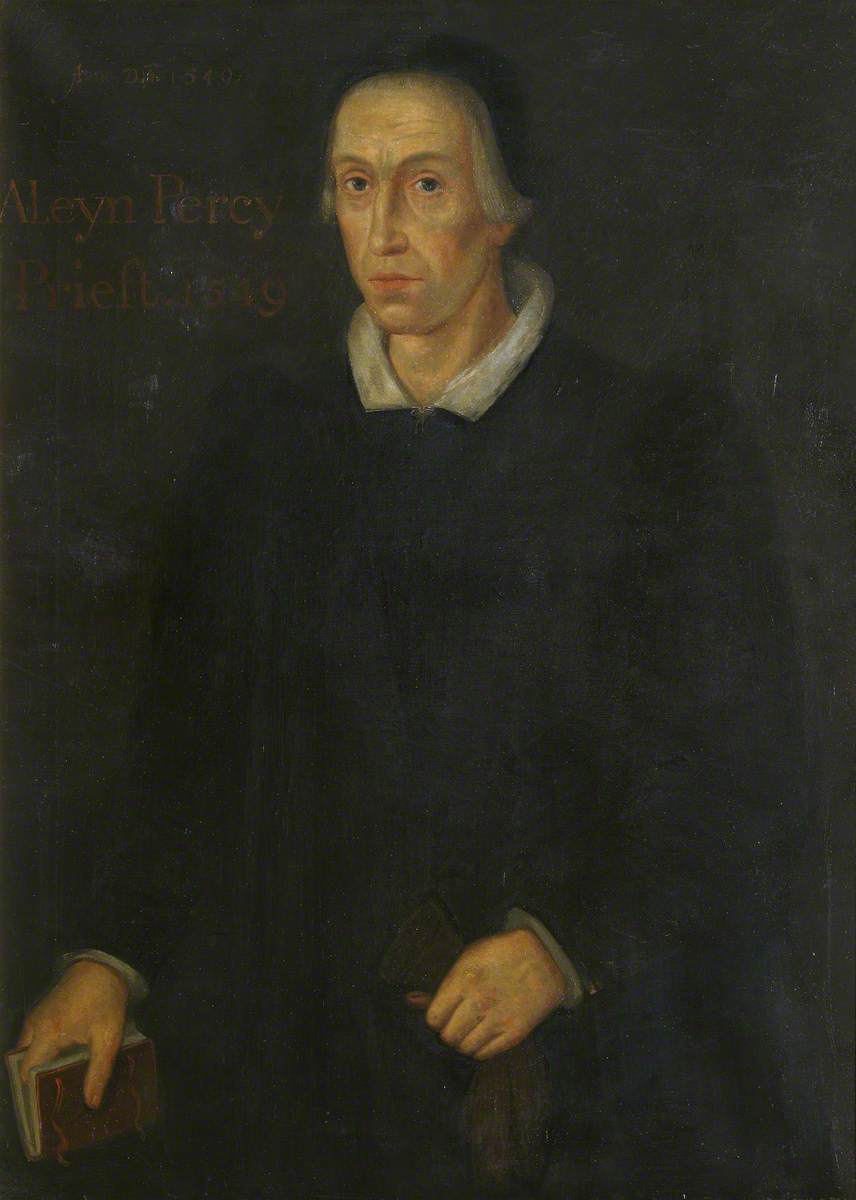Alan Percy on:
[Wikipedia]
[Google]
[Amazon]
 Alan Percy (c.1480-1560) was an English churchman and academic, Master of St John's College, Cambridge, and later Master of Trinity College, Arundel which he surrendered to Henry VIII in 1545.
Alan Percy (c.1480-1560) was an English churchman and academic, Master of St John's College, Cambridge, and later Master of Trinity College, Arundel which he surrendered to Henry VIII in 1545.
 Alan Percy (c.1480-1560) was an English churchman and academic, Master of St John's College, Cambridge, and later Master of Trinity College, Arundel which he surrendered to Henry VIII in 1545.
Alan Percy (c.1480-1560) was an English churchman and academic, Master of St John's College, Cambridge, and later Master of Trinity College, Arundel which he surrendered to Henry VIII in 1545.
Life
He was third son ofHenry Percy, 4th Earl of Northumberland
Henry Percy, 4th Earl of Northumberland (c. 1449 – 28 April 1489) was an English aristocrat during the Wars of the Roses. After losing his title when his father was killed fighting the Yorkists, he later regained his position. He led the ...
and Maud, daughter of William Herbert, 1st Earl of Pembroke. He is not known to have been educated at a university, but was vicar of Giggleswick
Giggleswick, a village and civil parish in the Craven district of North Yorkshire, England, lies on the B6480 road, less than north-west of the town of Settle and divided from it by the River Ribble. It is the site of Giggleswick School. T ...
, Yorkshire
Yorkshire ( ; abbreviated Yorks), formally known as the County of York, is a historic county in northern England and by far the largest in the United Kingdom. Because of its large area in comparison with other English counties, functions have ...
, from 1508 to 1517. On 6 May 1515 he received the rectory of St. Anne, Aldersgate, London, which he held till 1518.
The new foundation of St. John’s College, Cambridge, chose him as their second master on 29 July 1516, probably with an eye to his Lancastrian connections and family influence, But he resigned the mastership two years later on 1 November 1518; the college granted him a small pension and some residence privileges. On 2 April 1520 Henry VIII gave him a house and garden at Stepney
Stepney is a district in the East End of London in the London Borough of Tower Hamlets. The district is no longer officially defined, and is usually used to refer to a relatively small area. However, for much of its history the place name appli ...
, Middlesex
Middlesex (; abbreviation: Middx) is a historic county in southeast England. Its area is almost entirely within the wider urbanised area of London and mostly within the ceremonial county of Greater London, with small sections in neighbour ...
, and he gave up claims on the college the following year.
With other preferments he pursued a clerical career. On 25 October 1521 he became rector of St. Mary-at-Hill, London, which he held for the rest of his life. In 1526 Thomas Boleyn, Viscount Rochford presented him to the rectory of Mulbarton, Norfolk
Norfolk () is a ceremonial and non-metropolitan county in East Anglia in England. It borders Lincolnshire to the north-west, Cambridgeshire to the west and south-west, and Suffolk to the south. Its northern and eastern boundaries are the No ...
. He became Master of the collegiate church of the Holy Trinity at Arundel, where he succeeded the musician Edward Hygons at some point between 1535 and 1539. The College might have escaped the Dissolution of the Monasteries, since in the early 1540s it had been granted property from Hayling Priory, and other land from the dissolved St John's Priory at nearby Poling and Shipley. But an eventual dissolution of the College was prompted at court by Henry Lord Maltravers; and a late stage Percy joined with the two fellows in surrendering it to the king on 12 December 1545.
Thomas Howard, 4th Duke of Norfolk
Thomas Howard, 4th Duke of Norfolk, ( Kenninghall, Norfolk, 10 March 1536Tower Hill, London, 2 June 1572) was an English nobleman and politician. Although from a family with strong Roman Catholic leanings, he was raised a Protestant. He was ...
gave him the rectory of Earsham
Earsham is a small village in Norfolk, England. Its postal town is the nearby Bungay, Suffolk. It covers an area of and had a population of 907 in 357 households at the 2001 census, the population falling to 882 at the 2011 census.
Earsham h ...
, Norfolk, in 1558; he had also been rector of Stanley Regis, Gloucestershire
Gloucestershire ( abbreviated Glos) is a county in South West England. The county comprises part of the Cotswold Hills, part of the flat fertile valley of the River Severn and the entire Forest of Dean.
The county town is the city of Gl ...
from 1551. Percy died in May 1560, and was buried in the old chapel of St. John's College, where there were a brass and a marble tomb to his memory.
Notes
References
* {{DEFAULTSORT:Percy, Alan 1480 births 1560 deaths 16th-century English Anglican priests Masters of St John's College, Cambridge People associated with the Dissolution of the Monasteries Younger sons of earls Alan 16th-century scholars 16th-century English educators